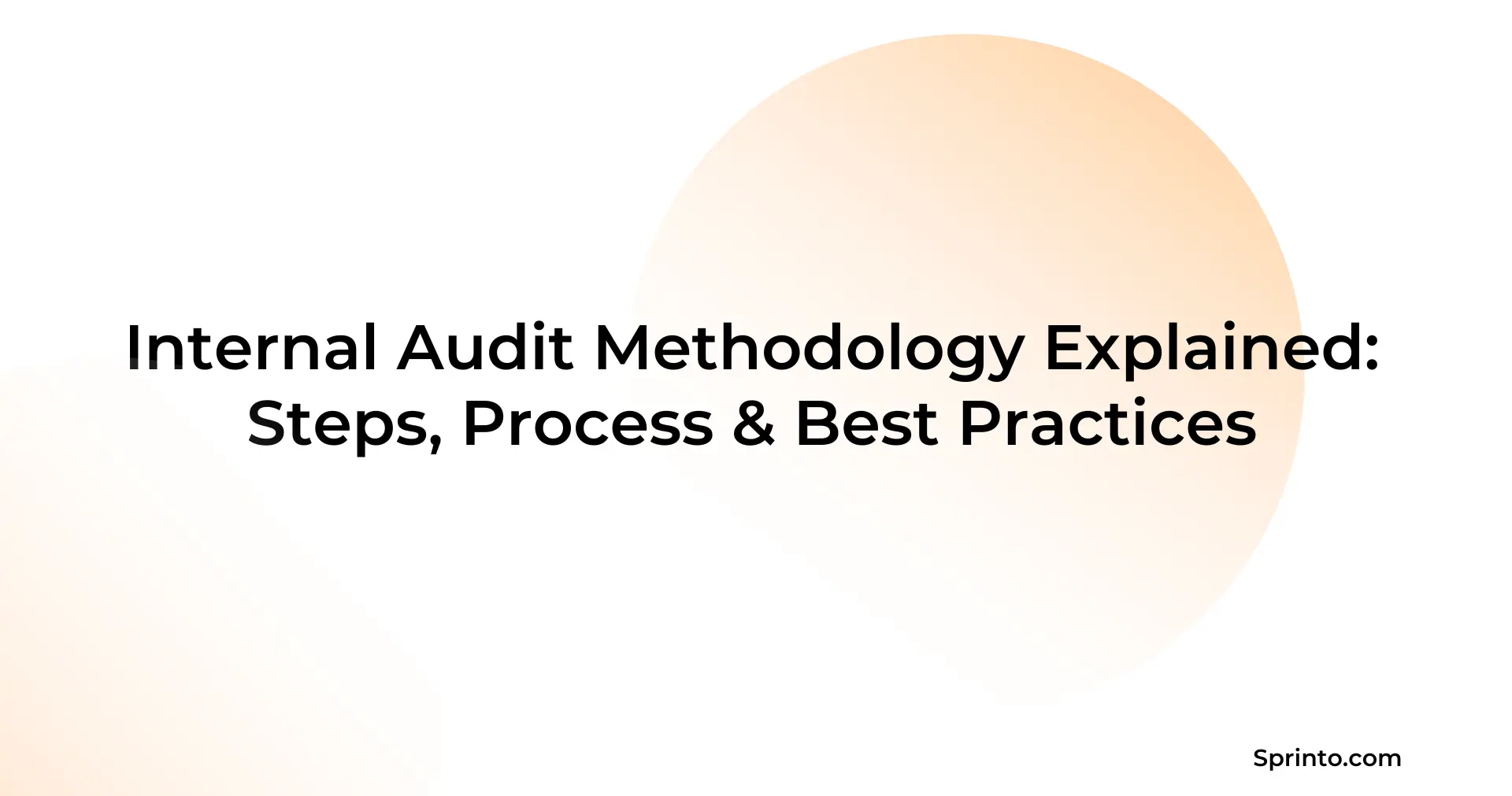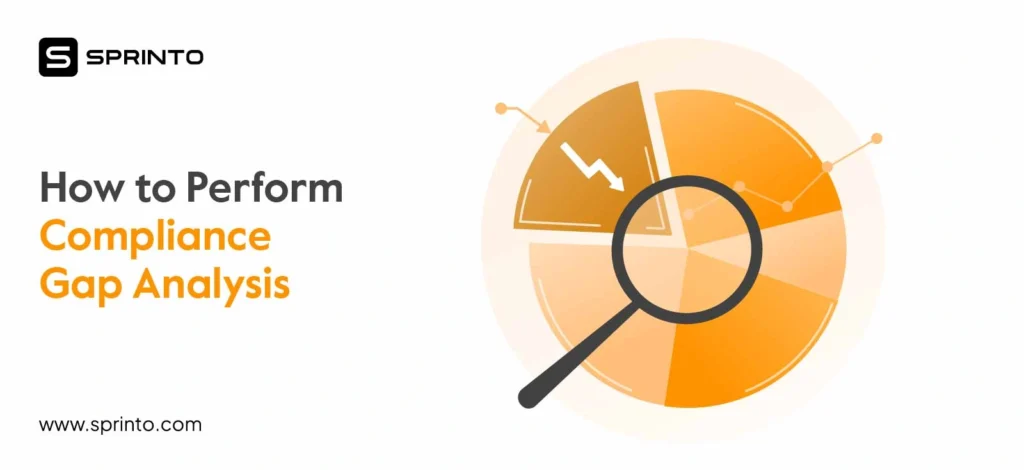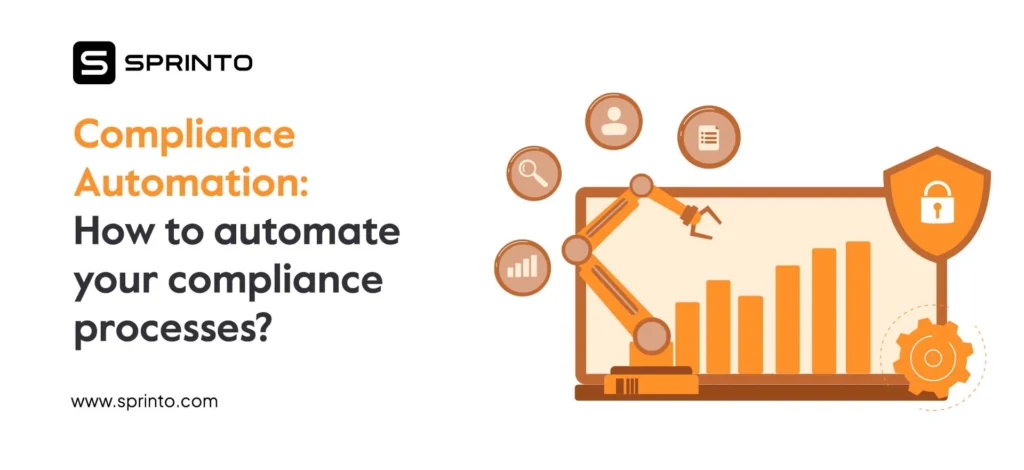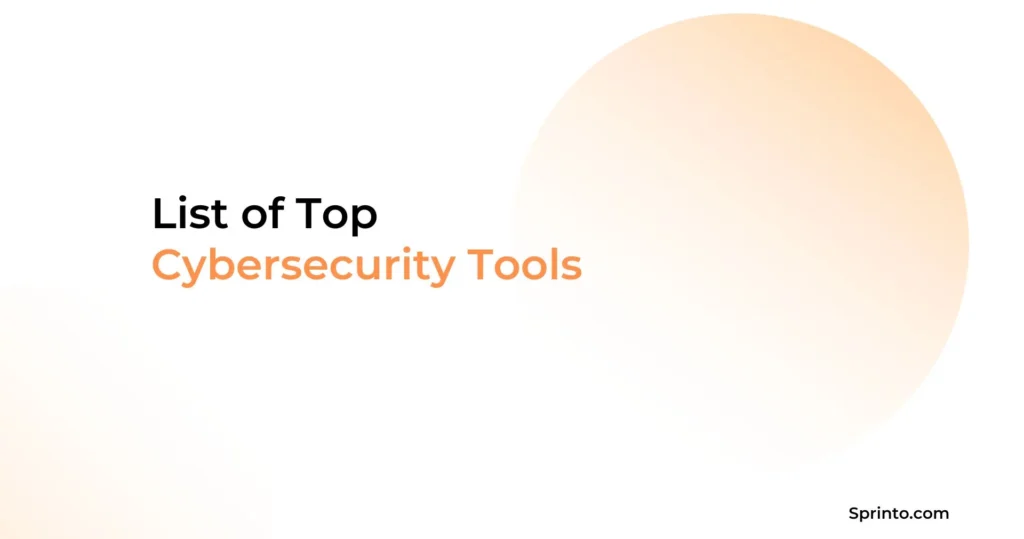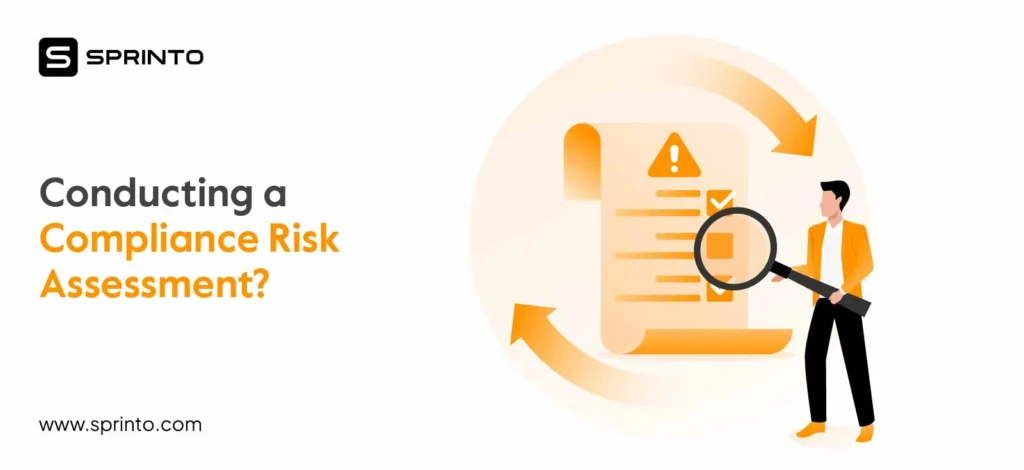What is Internal Audit Methodology?
Internal audit methodology refers to the step-by-step process that internal auditors use when performing an organization’s internal audit. It provides a consistent framework that guides each audit from start to finish. So instead of approaching each engagement differently, auditors can rely on a uniform method that ensures clarity and efficiency.
Internal Audit Methodology is a structured, risk-focused process that ensures independent audits and delivers clear, useful findings for governance and compliance. Internal audits follow a four-step process: planning (defining scope and risks), fieldwork (gathering evidence and testing controls), reporting (sharing findings and recommendations), and follow-up (verifying corrective actions). Employing a robust methodology leads to significant benefits, including enhanced risk management, improved controls, increased efficiency, regulatory compliance, and greater stakeholder trust.
Why is Internal Audit Methodology Important?
A robust Internal Audit Methodology is much more than a book of instructions; it is a critical tool, a map, that allows a function to work strategically and to make a substantial value-adding contribution to the success of an organization through its multiple activities:
- Bring uniformity and regularity: It helps promote uniform procedures with specific steps and methods that must be followed to ensure all internal audits are performed consistently across the organization.
- Risk-based: A risk-based approach is a methodology used to target the audit at the organization’s key risks, providing focused assurance and recommendations.
- Fosters good governance and compliance: It includes criteria for assessing conformity to laws, regulations, and internal policies, thereby enhancing investment governance processes.
- Encourages evolution: The methodology promotes the development of an internal audit function that can adapt and improve as business requirements and best practices evolve, thereby enabling the continued growth of audit team skills.
- Fosters benchmarking and the adoption of best practices – the methodology mandates the adoption of industry best practices, ensuring that the internal audit function leverages the latest and best-performing technology and tools.
- Provides a comprehensive approach: It leads auditors through a rigorous process in which everything necessary will be checked, extensive testing will be conducted, and sound findings and recommendations will be made to senior management.
- Encourages trust and credibility: Methodology-based consistency and completeness of the internal audit process are essential in establishing confidence with stakeholders and credibility of the internal audit function.
Steps involved in preparing an internal audit methodology
An internal audit methodology is a systematic approach to auditing an organization’s internal operations and procedures related to its internal controls and processes. These are the crucial steps to a successful audit:
Planning:
The planning phase of the audit is the most critical, as it sets the scope and magnitude of the audit.
- Knowing the Business: It is essential to gain a thorough understanding of the business, including its objectives, operations, processes, risk profile, risk management, and internal control structure.
- Risk Assessment: Identifying and appraising significant risks inherent to the area of an audit program and targeting resource allocation so that audit resources are used in high-risk areas.
- Establishing Objectives and Scope: This involves a specific determination of what we aim to accomplish with the audit and exactly where it will focus.
- Preparation of the Audit Plan: Prepare an elaborate plan describing audit procedures, timing, and resource allocation. This generally involves articulating the audit method.
- Communication of the Plan: Describe how the audit plan will work with management and reach an agreement on arrangements.
Get a practical playbook to build audit calendars, scope smart, standardize evidence, and keep fieldwork on schedule.
Fieldwork (Carrying Out the Audit):
Auditors collect evidence and assess its probative value to confirm whether controls and procedures operate effectively.
- Gathering Evidence: Relevant facts can be collected using methods such as interviewing, observation, reading documents, and data analysis.
- Control Testing: Internal controls are tested to mitigate known risks and assess their effectiveness in design and operation.
- Performing Audit Procedures: Implementing the detailed procedures and tests in the risk-based audit plan.
- Catching Work: Keeping satisfactory records of procedures performed during an audit, evidence gathered, and findings.
- Establishing Findings and Issues: Determine whether any failings in established procedures, policies, best practices, laws, or rules, if not corrected, could entitle improvement.
Reporting:
The results of an audit are communicated back to management and other relevant parties with suggestions for improvement.
- Preparation of Audit Report: Prepare a brief, objective report outlining the audit’s scope, objectives, observations, conclusions, and suggestions.
- Discussion of Findings with Management: Discuss the findings with management to verify their accuracy, secure their perspective, and determine what can be done jointly.
- Release of the Final Report: The audit report is sent (shipped) to the interested parties in a formal manner.
Follow-up:
The final step is to ensure that the audit report’s recommendations are implemented.
- Monitoring Progress: See how management integrates those audit recommendations into current practice.
- Verifying Corrective Actions: Follow up on audits to ensure that the actions taken have addressed the matters flagged.
- Reporting on the Implementation Status: Report to management and stakeholders on how the implementation of recommendations has progressed.
Key Principles of Internal Audit Methodology
The effectiveness of an internal audit methodology depends on the principles guiding its development and implementation. These principles ensure that the audit operates with integrity and adds value to your organization.
Independence, Objectivity, and Integrity
Auditors must maintain a separate source from their audit areas to avoid prejudicing their findings. Objectivity requires decisions reflecting verifiable evidence, while integrity commits to honesty and ethical conduct. These principles are critical in creating trust in audit conclusions and, thus, the overall credibility of the internal audit function.
Systematic and Risk-Based Approach
This way of thinking provides a structured, planned process for all audits. It prioritizes internal audit activities according to the high risks identified through an extensive overview of our business objectives. This risk-based approach ensures that time is saved on relatively minor risks but concentrates attention and resources where they can do the most good for the limited available money.
Value Addition and Enhancement
It is a cardinal rule of internal audit to provide constructive suggestions beyond discovering difficulties. The aim is for management to revise governance, risk management, and control business processes where applicable so that they can be maintained at a high level over time. This structured approach means the operational audit directly and positively impacts improving corporate efficiency and achieving strategic objectives.
Evidence-Based and Competent Implementation
Every audit conclusion and recommendation must be supported by appropriate, pertinent, and reliable evidence obtained in the field. Audits themselves require the qualifications of the staff who undertake them to be suitable in terms of skills, knowledge, and professional experience. In this manner, audit results are accurate and professional, with an element of credibility about them as well.
Confidentiality and Conformity to Standards
Internal auditors are privy to confidential information within organizations and must protect absolute confidentiality for every detail discovered during the audit process. Therefore, the spirit of recognized professional standards (stated by IIA) should be a requirement for every internal audit job.
Benefits of having a Robust Internal Audit Methodology
A well-defined internal audit methodology provides substantial benefits for companies, resulting in stronger governance and improved operations. The primary benefits include:
Enhanced risk management
A systematic approach allows for the identification, assessment, and nullification of potential risks before they become entrenched problems.
Improved control environment
It deals with setting up internal controls and assessing their effectiveness—controls in place to protect assets, prevent fraud, and keep processes honest.
Increased efficiency and process Improvement
By examining internal processes and operations, internal auditing can reveal inefficiencies and suggest points for streamlining processes, leading to more streamlined operations.
Assuring regulatory compliance: Elaborating a thorough methodology keeps an organization in line with the relevant laws, regulations, and codes of practice in its sector, avoiding potential legal requirements or penalties.
Greater financial accuracy: Internal audits improve the dependability of financial reporting and budget preparation by verifying that economic data is accurate and genuine.
Enhanced decision-making: A structured internal audit function can provide management with trustworthy information and authoritative insight.
Strong governance: Internal audit methodology helps to ensure proper governance, which the internal auditor will ensure that there are mechanisms in place and procedures followed that keep an organization responsible for itself, transparent, and above all, ethical.
Increased stakeholder confidence: Demonstrating commitment to robust internal auditing methodologies builds trust with investors, customers, and government agencies. This gives them certainty that the organization is dependable and honest.
Increased trust and transparency: The audit procedure builds management’s sense of responsibility and transparency.
Best Practices for Implementing an Internal Audit Methodology
Implementing a solid internal audit methodology is essential for an effective internal audit function. Based on industry standards and popular practices, here are some tips for internal audit methodology.
Align with Strategy and Perform Risk-Based Planning: Link the methodology directly to organizational goals and the risk landscape. Prioritize audits based on risk importance to focus resources efficiently on areas that could seriously impact business goals.
Independence of the Auditor, Competencies, and Standardized Processes: Ensure the audit committee is independent, objective, and possesses the necessary skills. Support the methodology with strict, standardized procedures and documentation aligned with professional standards for high-quality, reliable financial audits.
Communicate Effectively and Employ Technology: Maintain clear, timely communication with all stakeholders. Utilize technology like audit management software and data analytics to enhance efficiency, improve analysis, and streamline reporting and documentation.
Internal Audit Methodology in Practice: The Audit of the Procurement Process
Scenario: A midsize technology company is highly dependent on the purchase of components and services. It conducts an internal audit of its Procurement Process to make it more efficient, ensure compliance with internal policies (such as competitive bidding), and gain effective control over expenditures to not waste them or let thieves steal those resources.
Planning Stage:
Establishing Audit Objectives and Scope: The auditor collaborates with the main stakeholders (e.g., Head of Procurement and Finance) to define what the audit will achieve. The objective becomes “assessment of the effectiveness and efficiency of the procure-query cycle,” and the scope is given a description–it might be all purchase orders above a certain amount (say $10,000) during the last fiscal year, of major departments such as Engineering and Operations. This focuses on the high-value or high-risk transactions.
Risk Assessment: The audit team identifies potential risks inherent to procurement processes within the scope. Examples may include:
- From unapproved or high-risk suppliers
- Creation or approval of purchase orders without authorization
- Errors in the receipt of goods/services.
- Duplicate or fraudulent invoices are being processed.
Developing the Audit Program: A detailed step-by-step plan is drawn up. This program outlines the specific audit actions to be taken. Examples are:
- Select a random sample of 60 purchase orders over $10,000
- For each sample, do a procedural check–does an approved purchase requisition exist?”
- Confirm that the vendor is included in our approved supplier list
- Trace details of the purchase order back to the appropriate receiving report
2. Fieldwork Phase: This is an evidence-gathering examination phase.
Gathering Information: Auditors collect pertinent documentation, including the company’s procurement policy, flowcharts of processes and system operating access lists, samples of fully completed forms (requisitions, POs, receiving reports), vendor contracts, and system reports (e.g., the vendor master list, invoice payment history).
Performing Testing: Auditors carry out testing using a wide range of techniques in accordance with procedures set forth in the audit universe.
Inspection: Examining physical or electronic documents (e.g., inspecting a purchase order for the required approval signature, reviewing vendor setup forms for completeness).
Inquiry: Procurement officers are asked about how they choose vendors, accounts payable staff is asked about invoice processing controls, and warehouse staff are likewise queried about receiving procedures.
Observation: Understanding people in procurement using the purchasing system or watching the physical receiving process at the warehouse. This item includes the physical inspection of a warehouse.
Documenting Work Performed: Auditors meticulously record the steps taken in every procedure, the evidence they examined (citing specific documents), how they reviewed the merits or demerits of their test, and unusual findings encountered while laying out their audit work papers.
3. Reporting Phase — This phase communicates the audit results.
Formulating Audit Findings: Every problem noted in the working paper files is described unambiguously. Auditors often tabulate their findings by issue by the problem (e.g., “No competitive bids documentation was available for 10 sampled purchases > $10K.”);
Criteria–The standard or policy involved that was not met (e.g., “Company policy requires competitive bids for purchases > $10K.”)
Cause–This is the reason behind why there is a problem and effects (e.g., “Boundary of policy not known,” “Insufficient time for conducting the bidding process”)
Consequence (e.g., “Potential for overpayment on goods and services,” “Reduced cost savings”)
Developing Recommendations: For every problem, the audit team offers concrete steps that management can take to address the root cause and enhance controls (e.g., “Make procurement policy training compulsory,” “Put a systems control as part of the process preventing any PO being issued without bid documentation uploaded,” etc.).
Discussing Findings with Management: A closing meeting is held to present the findings and recommendations to those responsible for auditee management. This allows discussion and validation within the scope of public accountability and agreement over what has been found (i.e., whether this should be remedied or not).
4. Follow-up Phase: This phase ensures that imposing corrective action will improve the audit.
Outcome Monitoring and Tracking: The audit follows management’s progress in implementing agreed action plans and deadlines, as reported in the audit document.
Handling of Actions Pending: Management reports that actions have been completed, and auditors perform follow-up procedures. For example, the purchase orders may be examined in a new sample to check whether solicitation documentation is now included, or computer logs revised to see that the segregation of duties control has been turned on.
Review of the Outcome Status: The internal audit team briefs the CAC on any findings for which action is still open and whether these are delayed, triggering follow-up by internal auditors.
Conclusion
It is crucial to manage internal audits effectively, as they are a linchpin of strong governance. Weeding out risks and maintaining operations alone can be lacking. However, even the most experienced internal audit teams can face a significant challenge when confronted with complex procedures, disorganized paper trails, and manual tracking.
Sprinto takes a new approach: the whole process is no longer static and isolated checklists, but live, flowing, and interconnected. Sprinto can be seamlessly connected to your key business systems, providing a comprehensive view across risk areas—all from a single window on the dashboard.
Sprinto digitalizes your audit process using its integrated platform and components to automate your internal audit program. Automation is used in repetitive testing routines, where appropriate, to obtain and retain auditable evidence for auditors, thereby reducing the workload of manual data collection for audits such as SOC 2, ISO 27001, or PCI DSS.
Interested in learning more? Book a Demo Now
FAQs
What is Internal Audit Methodology?
Internal audit methodology is an organized way of conducting audits, and the tools that auditors employ help them perform their work more consistently and effectively. It offers auditors a checklist for planning, conducting, and reporting their audits. Thus, the main aim of the Internal Audit Methodology is for auditors and those audited to share ideas on doing things better.
Who uses internal audit methodology?
Internal audit methodology is primarily used by internal audit departments and professionals within an organization to guide their work and ensure adherence to professional standards.
What does a risk-based internal audit methodology mean?
The methodology organises audit activities and resources according to those elements of our organizational structure that pose the highest risk for our business. As a result, we should give focused assurance and recommendations in these most critical areas to help meet these significant challenges.
Srikar Sai
As a Senior Content Marketer at Sprinto, Srikar Sai turns cybersecurity chaos into clarity. He cuts through the jargon to help people grasp why security matters and how to act on it, making the complex accessible and the overwhelming actionable. He thrives where tech meets business.
Explore more
research & insights curated to help you earn a seat at the table.



